Bolivia’s Potosi Mine
45 kilometers and 4.5 hours later I arrive in Potosi from Sucre, Bolivia’s capital. Potosi known only for its mine is a medium-ish sized town. Because of a government strike everything is closed for the two days I was there, expect the silver mine. “Hello everyone, my name is Pedro I’m an ex-miner, today I will show you the beautiful mine of Potosi, I began mining when I was 12.” Now retired at 28, Pedro of Big Deal Tours is prepping us for a mine tour.
Our first stop is the miners market to pick up coca leaves, soda and dynamite as gifts to the miners. If I’m correct these gifts are like our “entrance fee” to the mines, which are nationalized. We are given protective clothes to cover our branded jackets and jeans. Our sneakers are traded for worn and dusty boots and our warm beanies are replaced with hard hats equipped with lights. “Okay everyone, we go!” On a shabby bus we head up hill, at about 4200 meters our bus slowly whines up the dirt road, inches from the edge we make our way to one of the 200+ entrances of the mountain.
As we wait to enter we’re told of the rituals and religions the miners honor. Dried lama blood covers the entrance and all the doors to storage and dressing quarters that line the entrance to the mine. They hold one religion for the outside world and another for inside to mine to protect themselves from death inside. The religion inside consists of gods, uncles, devils and one female spirit that protects the over 8,000 independent miners. With endless uncharted tunnels you can use all the protection you can get. It’s unknown how many tunnels or miners are working inside daily. There isn’t a log or check in system to keep track. Dynamite which as you saw can be easily purchased, can go off at any time. The knowledge of the old miners and enthusiasm of the new ones is what powers the continued exploration of this very old mine. The elders teach them how to look for silver, the growth is from north to south, they pass down rituals of their mine Gods. Coca leaves and a special alcohol that comes in a plastic bottle (which I’m convinced is rubbing alcohol minus the “safe for consumption sticker”) are some of the offerings to the Gods. Coca leaves seem to be the main food stipend. They have about a entire mouth’s full at all times, Pedro tells us about the magic powers of the coca leaves – keeps them from getting hungry, thirsty, or loss of energy. Most miners seem to be addicted and as most side effects of narcotics we know why.
As we make our way past different statues within the cave honoring the mine gods we are asked to sit. Pedro begins to give us life advice and lessons. He tells us about eating healthy, providing for our family and ends with requests for love and happiness from the Uncle God of the mine.
We travel about 600 meters in and around the mine. We pass tools from all generations, simple chisels to machines. Miners in Potosi can earn between $USD700 to over $USD10,000 a month from silver and zinc. This number is outstanding because it is said that the amount of silver Spaniards took was enough to build a bridge from Potosi to Spain, that was also said for the amount of bones from mine slaves that died during the colonial period.
A miners life may be one of the hardest, days spent in the dark to emerge only into the darkness. My grandfather was a miner for over twenty years in Romania his lack of education lead him to that life but his detection to work trickled and changed the following generations. If you want to experience only for a moment what it feels like to have this hard but rewarding life I’d recommend the tour, just know it’s not the safest or charted.


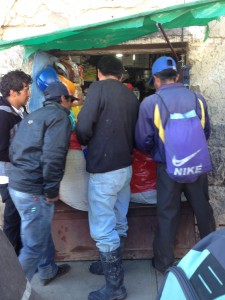
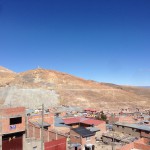
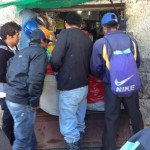

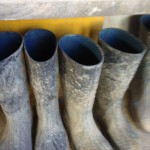
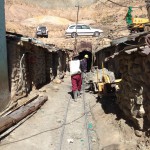
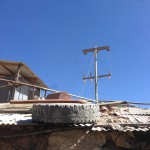
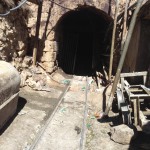
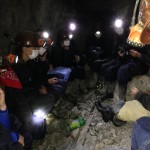
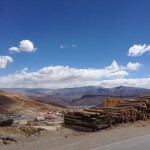

Comments